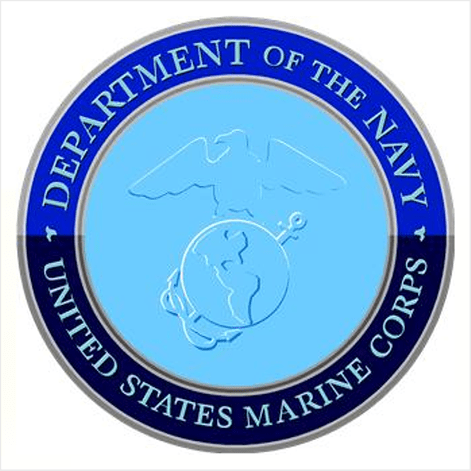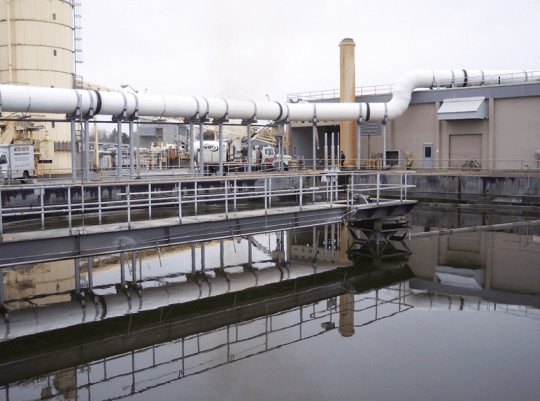
U.S. Navy tests microbial fuel cells for their new ocean sensor
July 6, 2011Microbial hydrogen fuel cells seem to be very popular lately.
The U.S. Navy has recently announced that it will be using these fuel cells as part of its now autonomous ocean sensor. The sensor will be able to surface and dive easily and much of its buoyancy will be derived from the fuel cell itself. This is a new use for fuel cells as they are more often used to generate electricity rather than keep an oceanic device afloat.
The Naval Research Laboratory calls their new device the Zero Power Ballast Control. The cylindrical device makes use of a hydrogen fuel cell whose catalyst is swarming with bacteria. The bacteria produce hydrogen gas, which is used by the fuel cell to generate electricity. The gas is also used to generate buoyancy, in this case.
In initial tests done off the coast of Thailand, researchers found that the system produces enough electricity to power the many sensors being used by the device.
It was also able to move up and down a specified water column easily and move to several other locations in the testing field.
The system will eventually be used in a number of military and civilian ocean monitoring experiments. Researchers have noted that the device can be used to track environmental changes that could affect the ocean’s ecology and identify specific causes of such events.



 With over 15 years of reporting hydrogen news, we are your premier source for the latest updates and insights in hydrogen and renewable energy.
With over 15 years of reporting hydrogen news, we are your premier source for the latest updates and insights in hydrogen and renewable energy.